carbon
Latest

Cigarette butts could be reborn as green energy storage
It's no secret that smoking is seriously bad news for your health, but the impact of the habit on the planet's health is pretty bleak, too. Every year nearly six trillion cigarettes are smoked around the world, generating more than 800,000 metric tons of cigarette butts. Something has to be done with them all, and they usually end up in landfill (or leaching into waterways). But now, scientists have discovered they may have a hidden potential: hydrogen storage.
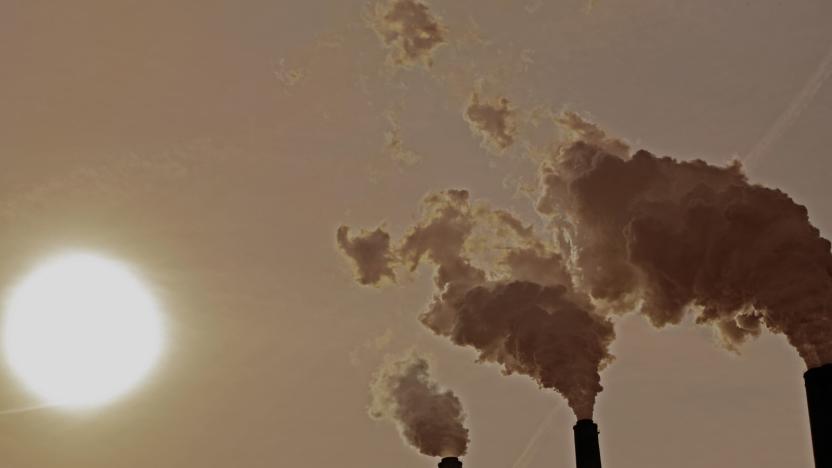
Scientists can't explain a 'worrying' rise in methane levels
The amount of CO2 in the atmosphere reached a record high in 2016, according to the World Meteorological Organization (WMO). Thanks to a combination of human activities and the El Nino weather event, last year's increase was 50% higher than the yearly average from the past decade, driving CO2 to a level that's not been seen for 800,000 years. Average levels in 2016 reached 403.3 parts per million, up from 400 parts per million in 2015.

easyJet is serious about electric planes
When you think of easyJet, the first thing that comes to mind is budget travel. The airline has built its brand on no-frills flights and low pricing, but that doesn't exclude it from innovation. The company has been experimenting with new tech, from smart glasses that can detect dents in a fuselage to virtual reality cabins that can help train flight crews. For its latest demo, easyJet is thinking big: It wants to change the way we fly.

Belgian scientists turn polluted air into hydrogen fuel
To save the environment, humanity needs to do two things: reduce harmful gases and produce more energy from "green" energy sources. While plenty of research projects have tried to tackle these independently, few do both at the same time. Scientists from the University of Antwerp and KU Leuven (University of Leuven) in Belgium are developing a device that cleans up the air and generates power at the same time. It relies on a process called 'heterogeneous photocatalysis,' which uses light and a special catalyst (typically a semiconductor) to trigger a chemical reaction.
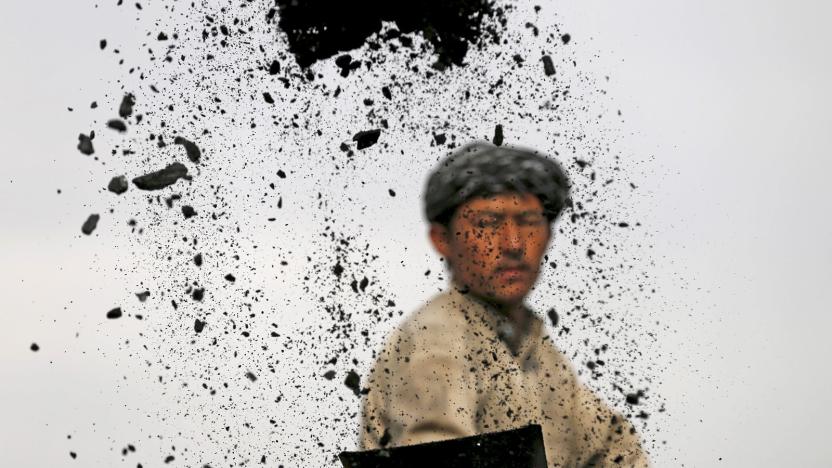
Dear Donald Trump: 'Clean coal' doesn't exist
"Clean coal" is an oxymoron. Even if you took a hunk of coal, doused it in bleach and scrubbed it for six hours with a soapy horsehair brush, it would still cause lung cancer and fill the air with carbon emissions when you burned it. Anyone who says otherwise is lying. However, the phrase "clean coal" is ridiculously tenacious in public discourse. Just this week, President Donald Trump used it: As he signed an executive order rolling back a bevvy of environmental protections laid out under the Clean Power Plan, he turned to the coal miners staged around his desk and promised to "end the war on coal and have clean coal, really clean coal." The president of the United States is lying.

Trump rolls back Obama-era climate change policies
President Donald Trump has signed an executive order that rolls back policies designed to combat climate change implemented by former President Barack Obama. The order is a broad stroke, touching everything from federal policy-making to Energy Star regulations on home appliances. However, today's move specifically targets the Clean Power Plan, allowing the Trump administration to rewrite carbon emission rules for new and existing power plants. It also restarts the federal coal leasing program, enabling energy companies to once again buy the rights to mine on federal lands.
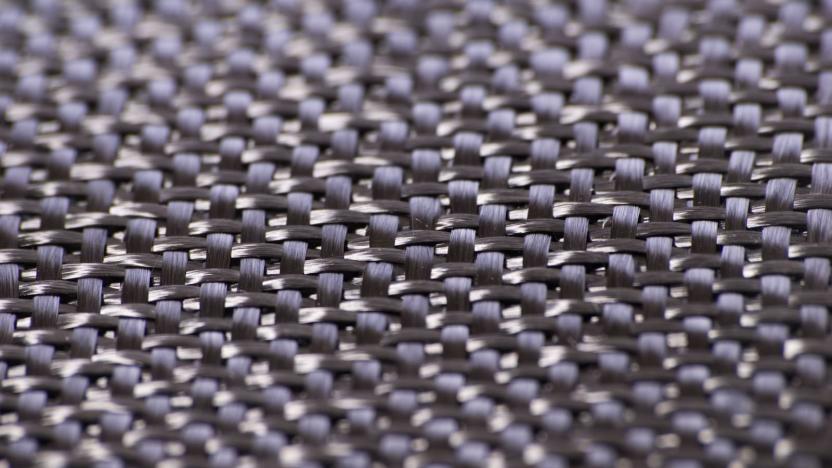
Chaos leads to stronger carbon fiber
Carbon fiber is widely used in aircraft and performance cars thanks to its light-yet-strong nature, but it's still a fuzzy science. What's the ideal baking temperature, and the resulting degree of chaos in carbon atoms, that you need to make the sturdiest material? MIT might finally have an answer. Its researchers have discovered a link between the random order of carbon atoms in a baked resin and its consequent density and strength. And by doing so, they've found an ideal baking temperature that makes the carbon as random (and thus as light and strong) as possible.
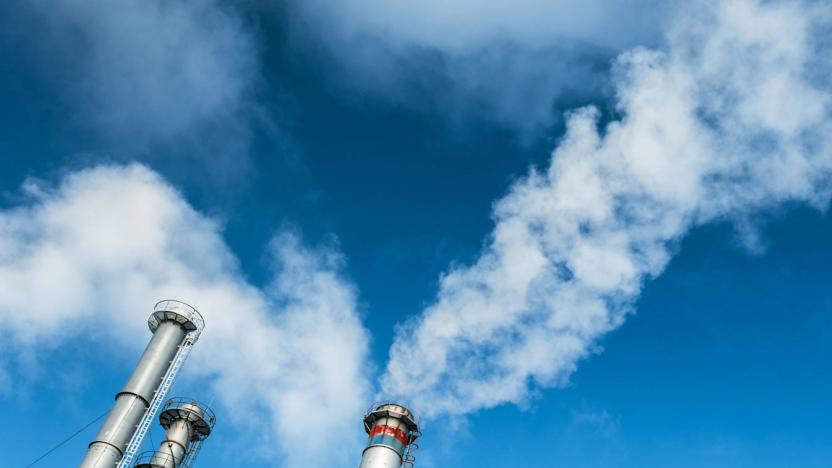
Researchers make concrete production carbon neutral
Concrete is not just the key to our built future, but a principal reason as to why we won't live to see the utopia it creates. After all, production of the building material contributes around five percent of the planet's total CO2 emissions. Thankfully, Professor Stuart Licht, the scientist who's already worked out a way to save us from disaster, may have developed the solution.

Your next heart monitor could be graphene-coated Silly Putty
For a child's toy, Silly Putty has some downright crazy physical properties. The mixture of boric acid and silicon oil, originally developed as a synthetic replacement for rubber, is a non-Newtonian fluid. Its viscosity isn't affected by temperature, but rather external force -- that is, its rate of flow depends on how hard you push or stretch it. And while its original inventors were content to leave it as a plaything, a team of researchers from Trinity College in Dublin, Ireland are about to put it to work in the medical field.

NASA mission will study Earth's 'breathing' from space
Scientists know that the Earth "breathes" carbon, particularly through plants that absorb carbon through photosynthesis when they're healthy and give it up when they lose their leaves or die. They haven't had an extremely detailed look at that breathing cycle, however, which is where NASA and the University of Oklahoma come into play. They're launching a satellite mission, the Geostationary Carbon Cycle Observatory, that will both study plant health as well as the exchange of key gases (carbon dioxide, carbon monoxide and methane) between the land and the atmosphere.
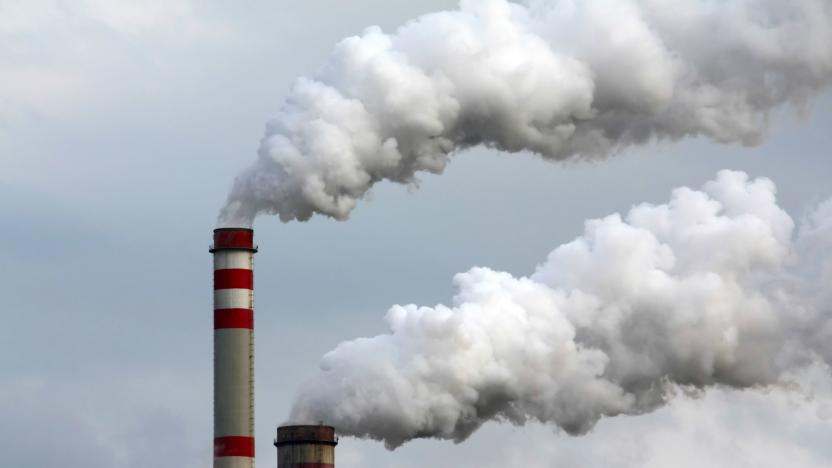
Worldwide carbon emissions were flat for third year in a row
For the third year in a row, carbon emissions around the world have remained flat, according to the research group Global Carbon Project. The group revealed its findings in the Global Carbon Budget 2016, which measures how much carbon is emitted by countries around the world, and then how much of that is absorbed into the earth by plants, land and oceans. The remaining carbon hangs out in the atmosphere and drives global warming, and it's the focus of Global Carbon Project's research.
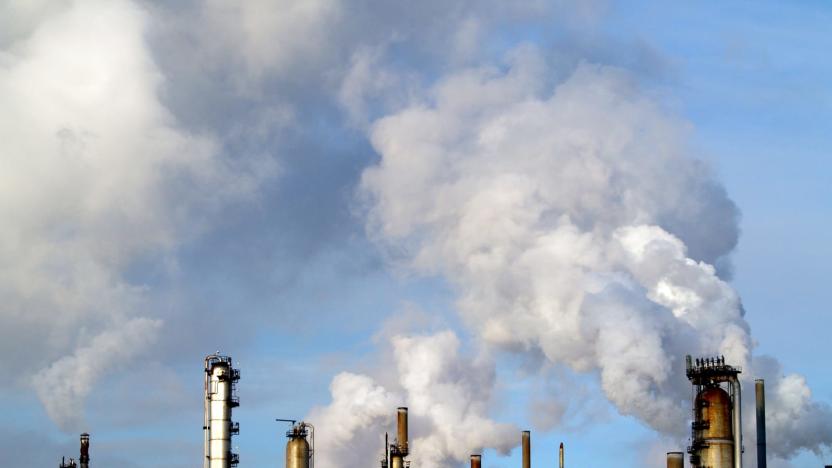
Canada will impose a carbon price to fight climate change
Canada will impose a minimum price on carbon emissions, says the country's environment minister Catherine McKenna. The move is designed to push the nation's 10 provinces into properly regulating climate change-causing gases. Reuters reports that McKenna said so on CTV's Question Period, and that more details would be released before the end of October.
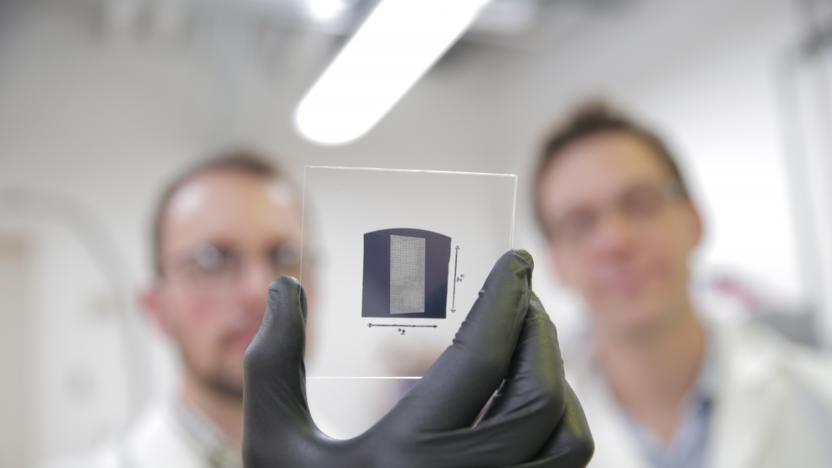
Carbon nanotube transistors promise faster, leaner processors
The computing industry sees carbon nanotube transistors as something of a Holy Grail. They promise not just faster performance and lower power consumption than silicon, but a way to prevent the stagnation of processor technology and the death of Moore's Law. However, their real-world speed has always lagged behind conventional technology... until now, that is. University of Wisconsin-Madison researchers have created what they say are the first carbon nanotube transistors to outpace modern silicon.

Scientists want to make buildings from bone
A cityscape made of bone and eggshell might sound like the set for the final act of some big-budget fantasy epic, but the idea could help support ever-growing populations in our cities -- and reduce carbon emissions in the process. According the University of Cambridge, typical materials like concrete and steel make up almost 10 percent of global carbon emissions. Before they even get to the place of construction, both materials need high temperatures to be processed, and thus a whole load of energy. Researchers are hoping that artificial bone and eggshell, made of protein and minerals, could one day stand in for traditional building materials.
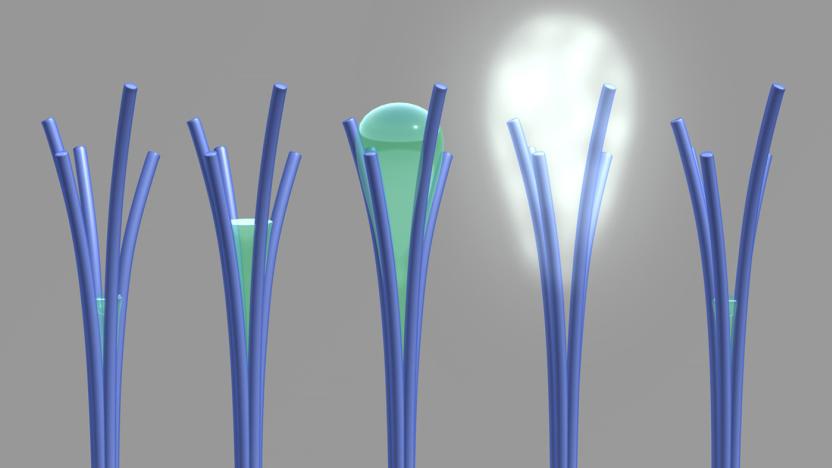
Nanorods could harvest water in dry climates
Sometimes it's the accidental discoveries that make the biggest impact. Researchers at Pacific Northwest National Laboratory have learned that carbon-rich nanorods created in a botched experiment might be ideal for harvesting water. When there's relatively low humidity (below 50 percent), the rods trap water inside their gaps; if it's any more humid, however, they promptly expel that water as vapor. It's a very unusual trait that's likely caused by water condensing into a "bridge" in the nanorods, whose surface tension forces them to close and eventually kick the water out.

Biggest US coal miner bankrolled anti-climate change groups
The wealthy using its money to suppress (or avenge) inconvenient truths is nothing new, even if nobody thought to use a washed-up pro wrestler for cover until now. But there are far worse things for a one-percenter to do than force Gawker into bankruptcy, such as helping to push the planet towards a preventable ecological crisis. The Guardian has found that Peabody Energy, America's biggest coal mining company, used its cash to bankroll an enormous and diverse group of pro-carbon lobby groups and scientists. The now-bankrupt firm is accused of funding what one source described as "the heart and soul of climate denial."

Here's why the surface of Mercury is so dark
For years, scientists have wondered why Mercury is so dark. It doesn't have as much iron and titanium as the Moon, so it should be brighter. A team at Johns Hopkins' Applied Physics Laboratory finally has the answer, though. Thanks to a spectral analysis of color images from NASA's Messenger probe, they've determined that carbon (specifically, graphite) is the probable culprit behind Mercury's dim look. Most likely, what you're seeing is the aftermath of the tiny planet growing up. As the young Mercury's magma ocean cooled 4.6 billion years ago, the graphite would have floated to the top and formed the original crust -- there just happens to be enough of it left to affect visibility.
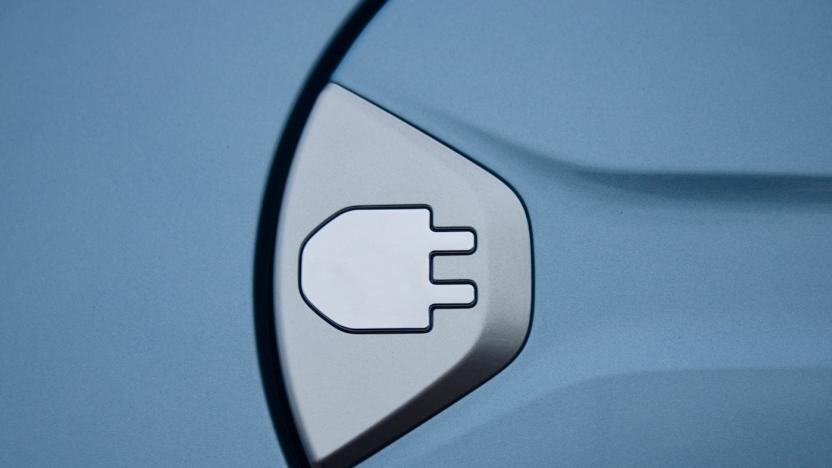
UK councils given £40 million to boost electric car numbers
UK electric car sales might be on the rise, but the government believes the public still needs convincing that plug-in vehicles are the future. As part of its Go Ultra Low City Scheme, councils in London, Nottingham, Bristol and Milton Keynes have been chosen to share a £40 million pot designed to not only get more greener vehicles on the road but also support those who have already made the switch.
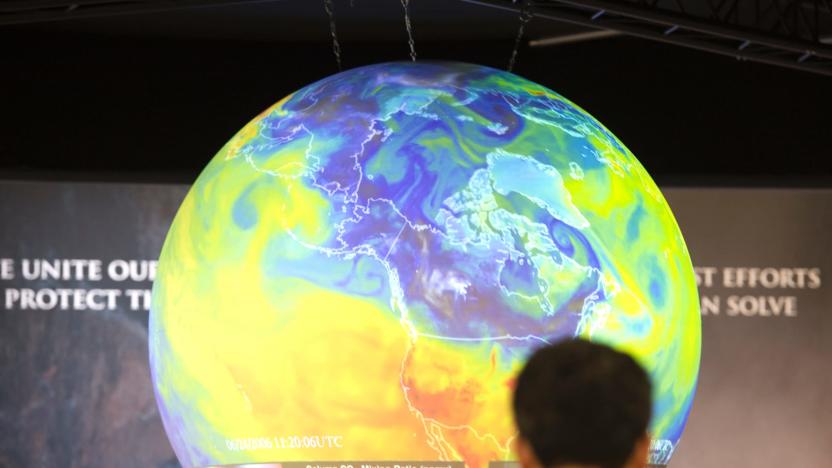
Human climate influence means we're skipping an ice age
According to a new study published in Nature, human-generated climate change -- specifically the massive additions of carbon dioxide and other greenhouse gasses to the atmosphere -- is causing the Earth to effectively delay the start of the next ice age by 100,000 years. Typically, ice ages occur once every 50,000 years or so; as they have in at least eight regularly intervalled times in the Earth's history.

UCLA chemist: Life on Earth began way earlier than we thought
A team of geochemists from University of California, Los Angeles published a report today that contests the widely-held belief that life on this planet began 3.8 billion years ago. The study, published in the journal PNAS, instead argues that life began 300 million years earlier. Life may have been here for 4.1 billion years -- that's older than the relentless asteroid bombardments that scarred the moon and nearly as long as the 4.54 billion year old planet itself.







